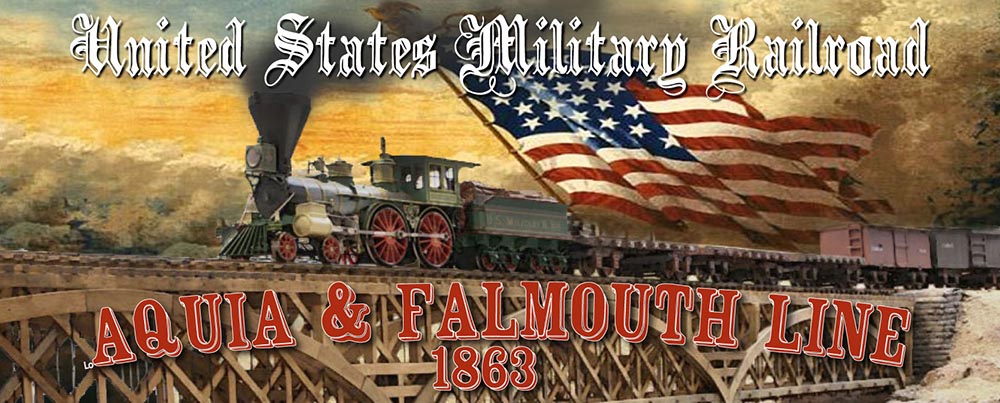New freight cars under construction |
| Some of the barrels I stained and painted this weekend |
I also stained and painted about 60 barrels. These are wood barrels that were tuned on a lathe. They are produced by John Rendal Scale Models. Walthers had them on sale, so I picked up a bunch. They took the stain pretty well. I then dry-brushed rust on the hoops and added some stave detail with a pen (not pictured).
One of the nice things about modeling the ACW in O Scale is that if you need cars for your layout, you can build them. One of the bad things about modeling the ACW in O Scaler is that if you need cars for your layout, you must build them. There are no RTR cars available (barring the SMR brass cars which are not very compatible with my wood cars).
A corollary of this phenomena is that trips to the hobby shop are considerably less exciting than they used to be as there rarely are new goodies in the shop that I can use on the layout. Nonetheless, I made a trip to Mainline Hobby Supply in Blue Ridge Summit on Saturday to pick up a new decoder and some other supplies. This is a great model railroad shop, especially for HO and N Scale modelers. Brian and Bonnie also do a great job on mail order items. The drive up for me offers a treat as it passes through Owens Creek canyon where the Maryland Midland still runs on former WM tracks.
A corollary of this phenomena is that trips to the hobby shop are considerably less exciting than they used to be as there rarely are new goodies in the shop that I can use on the layout. Nonetheless, I made a trip to Mainline Hobby Supply in Blue Ridge Summit on Saturday to pick up a new decoder and some other supplies. This is a great model railroad shop, especially for HO and N Scale modelers. Brian and Bonnie also do a great job on mail order items. The drive up for me offers a treat as it passes through Owens Creek canyon where the Maryland Midland still runs on former WM tracks.
 |
| Maryland Midland entering the horseshoe curve at Sabillasville, MD on an earlier trip to Mainline Hobby Supply |
